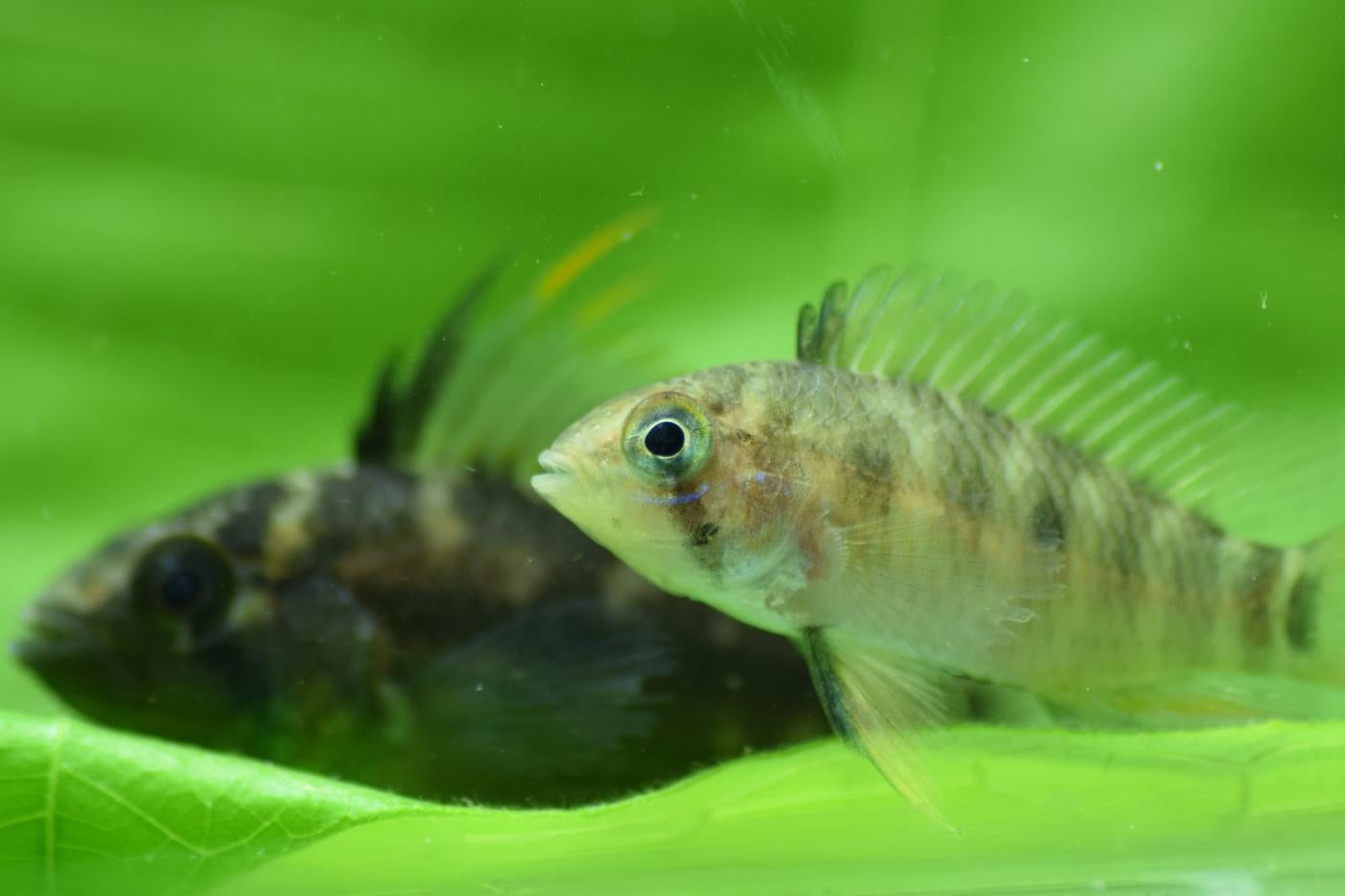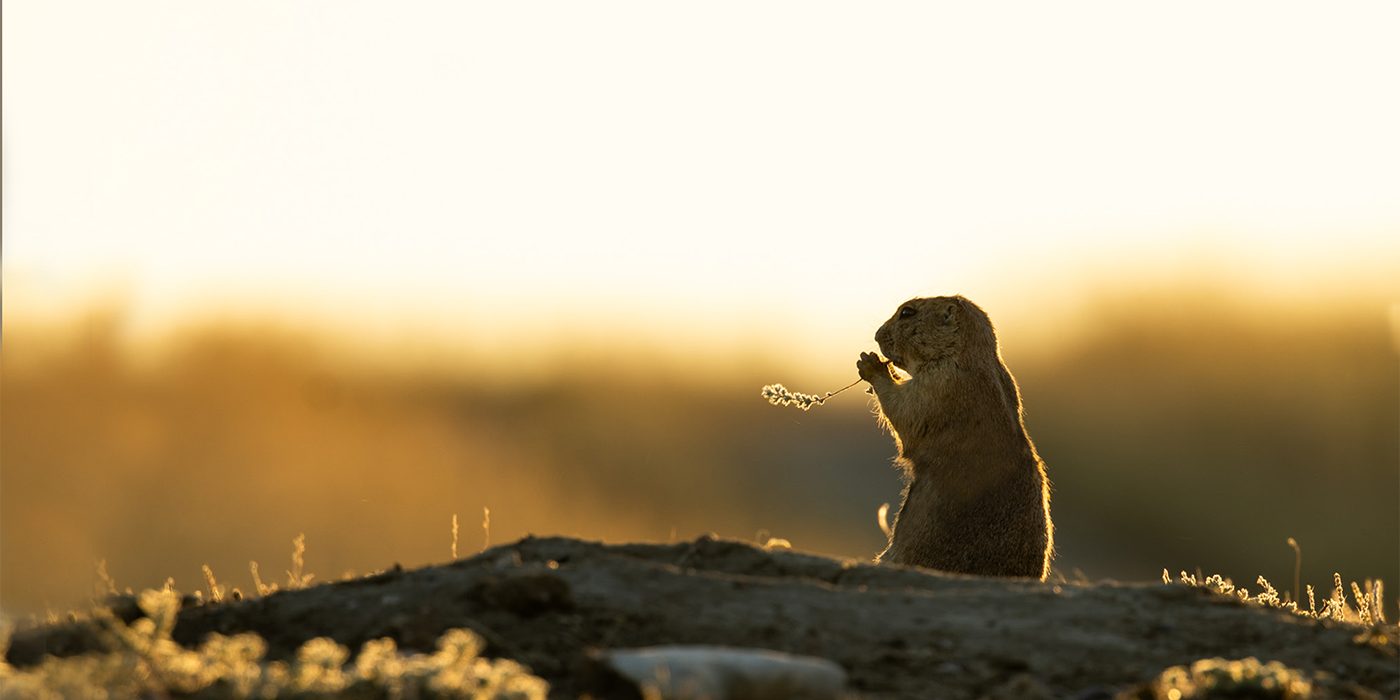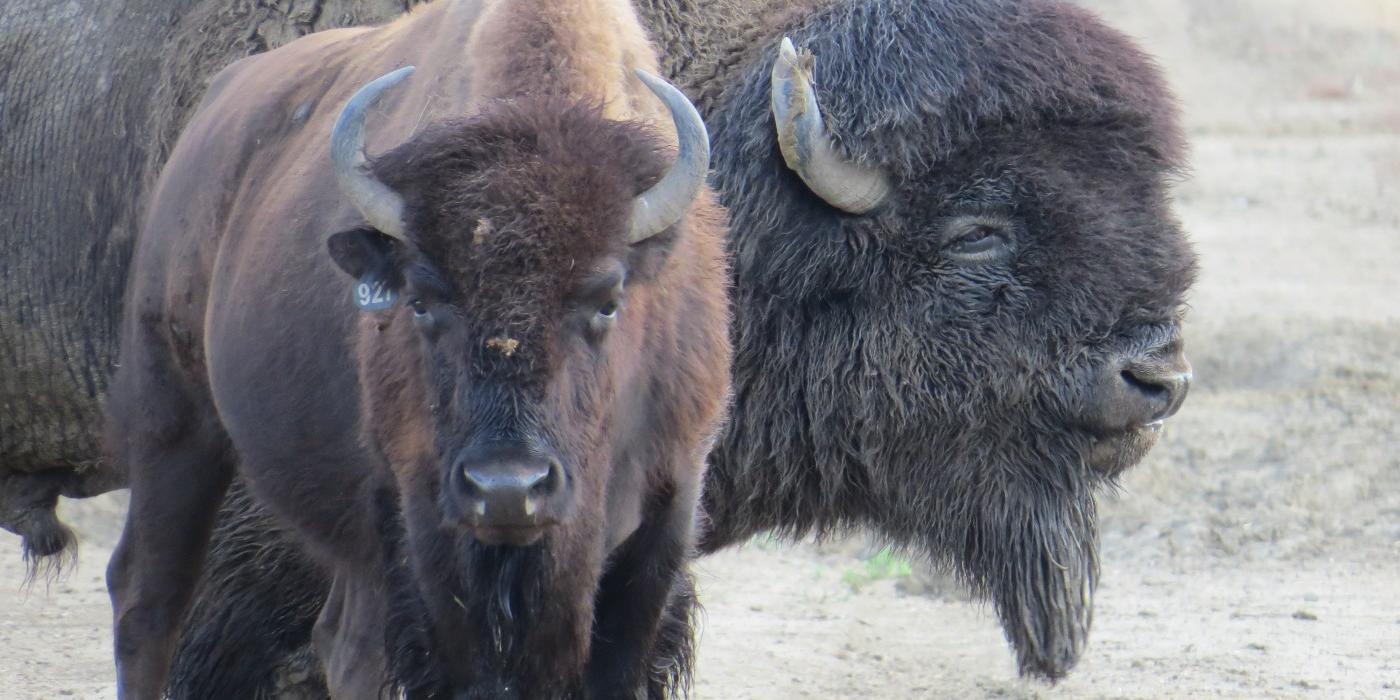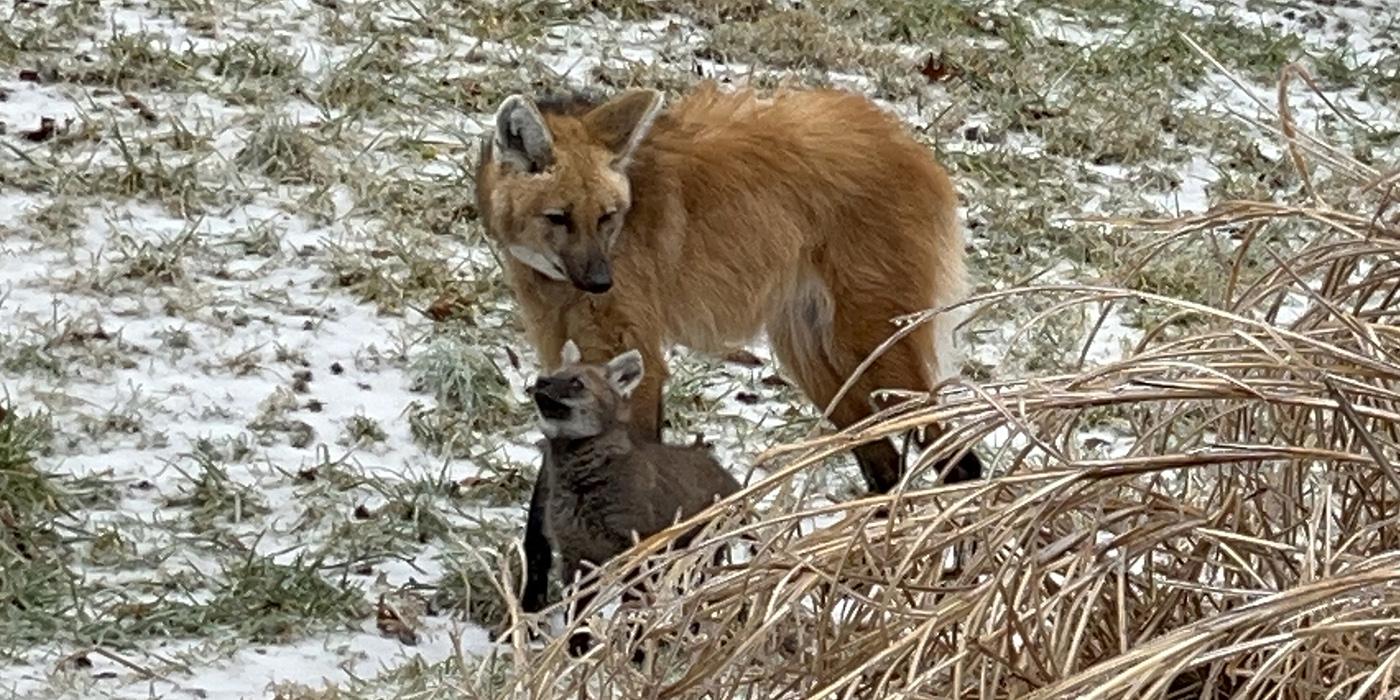Finding Fish in Peru, Part Two
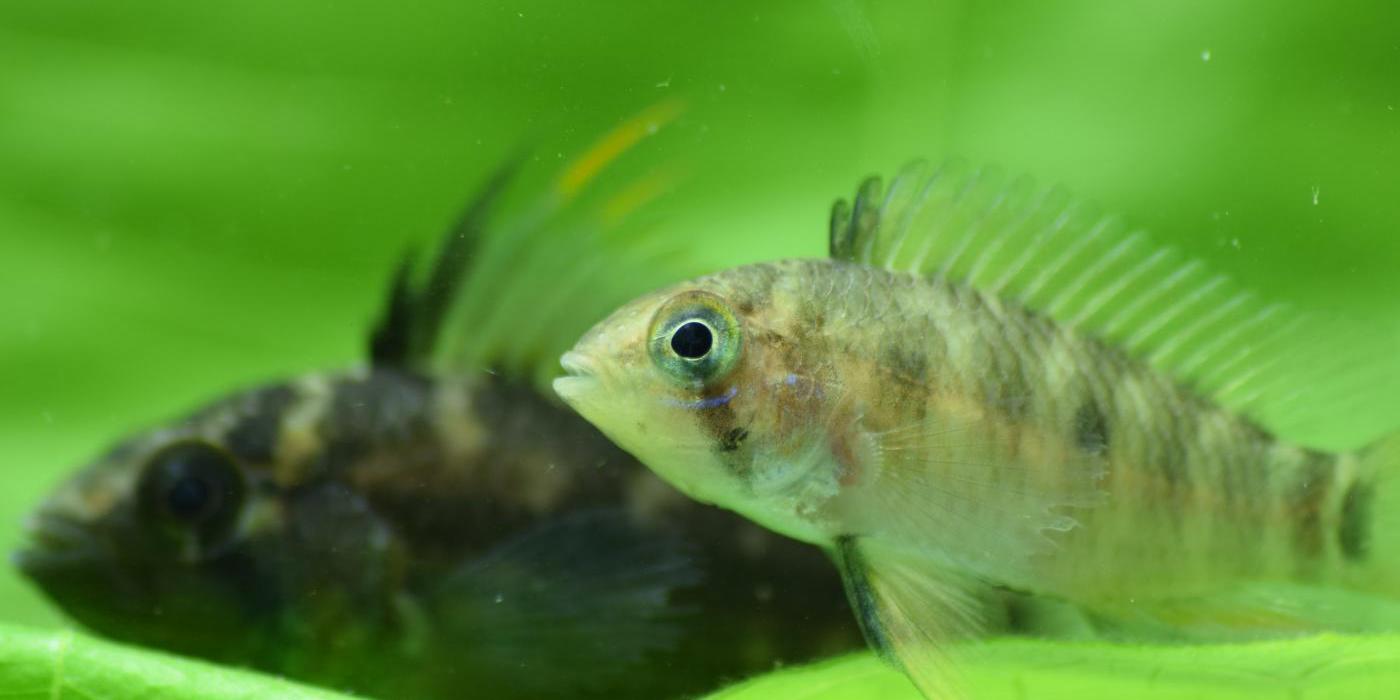
In November 2018, Smithsonian Conservation Biology Institute researchers and partners spent two weeks in Peru counting and identifying fish. In part two of this story, meet more of the animals they encountered and find out how their work could help protect wildlife that call this part of the Amazon home (Missed Part One? Read it here).
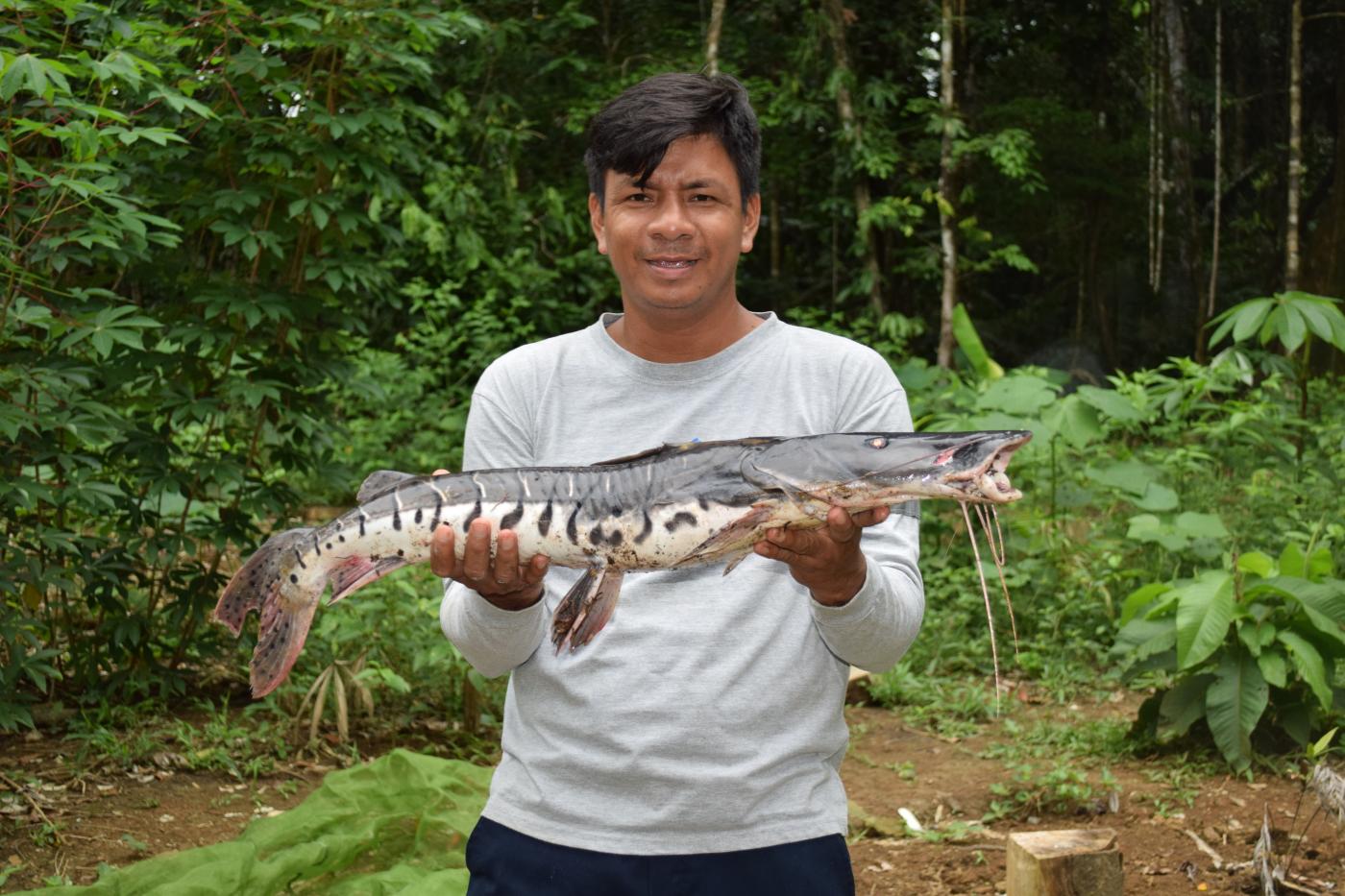
This spotted tiger shovelnose catfish (Pseudoplatystoma punctifer) was caught in the Katirnaentsa River during the dry season, when the water levels were low. It is one of the larger catfish species found in the aquatic ecosystems of the Amazon.
Shovelnose catfish are nocturnal hunters and important predators in the food chain. They are also a key food source for local communities.
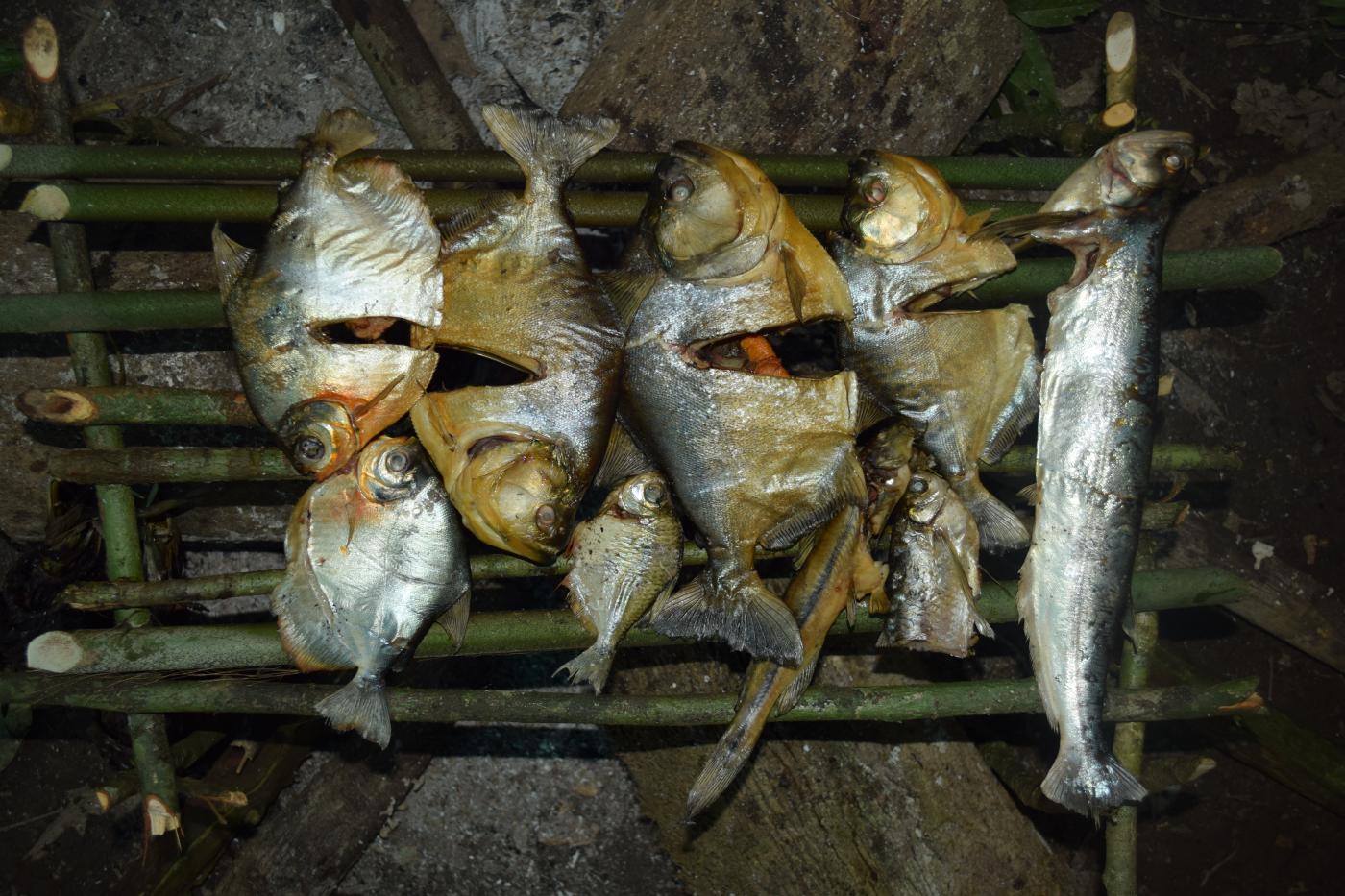
Fish, big and small, are one of the main protein sources for local communities in the Amazon. This meal from the Achuar Community of Brasilia includes piranhas (genus Serrasalmus), palometas (genus Mylossoma) and small mojarras (family Characidae).
